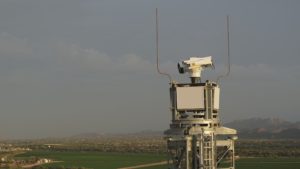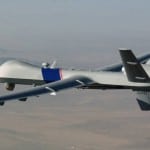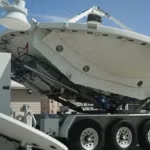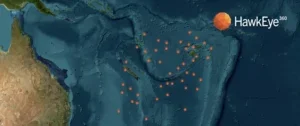
Customs and Border Protection in early April said draft requests for proposals (RFPs) are expected to be issued in the third quarter of fiscal year 2022 for two key border security programs, one for sensor towers and the other for a centralized command and control platform. The agency said it plans a multi-award indefinite delivery, indefinite quantity contract for the sensor tower effort, which is called the CBP Integrated Surveillance Tower (IST) Program and Consolidated Tower & Equipment Surveillance (CTSE).…

 By
By 











